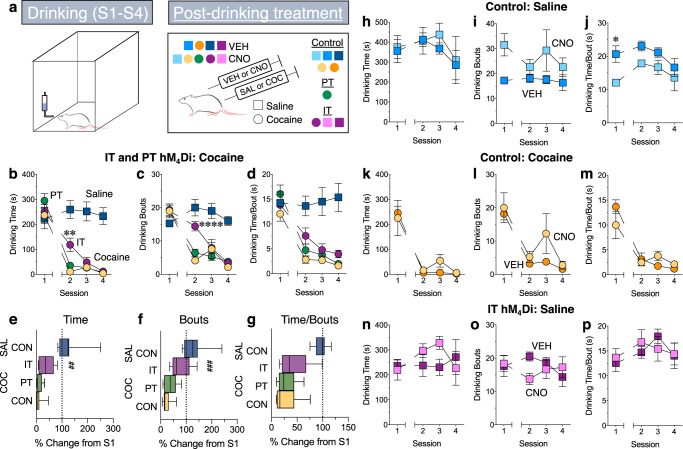Fig. 4. IT inhibition attenuates the aversive properties of cocaine.
a Rats are given access to a 15% sucrose solution for four 30 min sessions. VEH or CNO (5 mg/kg, i.p.) are administered after each session followed 15 min later by saline or cocaine (30 mg/kg, s.c.). Session 1 represents baseline sucrose drinking. b–d, h–p Line graphs of mean ± SEM total drinking time (b, h, k, n), number of drinking bouts (c, i, l, o) and amount of time spent drinking per bout (d, j, m, p). e–g Bar and whisker plots of mean ± SEM percent change from Session 1 to Session 2. b–g Post-drinking saline administration (dark blue, N = 8) had no effect, whereas post-drinking cocaine administration (light orange, N = 9) decreased sucrose consumption in sessions 2–4, indicating a sucrose CTA. b, c p < 0.0001, two-way RM ANOVA, Sidak’s post hoc test, saline vs. cocaine groups. e–g p < 0.0001, unpaired t-test, saline vs. cocaine groups. PT inhibition (green, N = 9) had no effect whereas IT inhibition (purple, N = 11) attenuated the reduction in sucrose drinking time and the number of drinking bouts during Session 2. There were no group differences in the amount of drinking time per bout, indicating that IT inhibition blunted the ability of cocaine to reduce approach behavior. b, c **p = 0.006, ****p = 0.0001, two-way RM ANOVA, Sidak’s post hoc test, cocaine groups. e–g ##p = 0.008, ###p = 0.0004, one-way ANOVA, Dunnett’s test, cocaine groups. h–j Although baseline consumption was different, CNO (light blue) had no effect compared to VEH (dark blue) in non-DREADD rats given sucrose, N = 4/group, *p < 0.05, two-way RM ANOVA, Sidak’s post hoc test, VEH vs. CNO groups. k–m CNO (light orange) had no effect compared to VEH (dark orange) on a cocaine-induced sucrose CTA in non-DREADD rats, N = 4–5/group. n–p IT inhibition (light purple, N = 8) had no effect on total drinking time, number of drinking bouts or amount of time spent drinking per bout compared to control (dark purple, hM4Di IT rats receiving VEH, N = 7), indicating that the effects of IT inhibition on a cocaine-induced sucrose CTA were not due to a general reduction in sucrose consumption.

